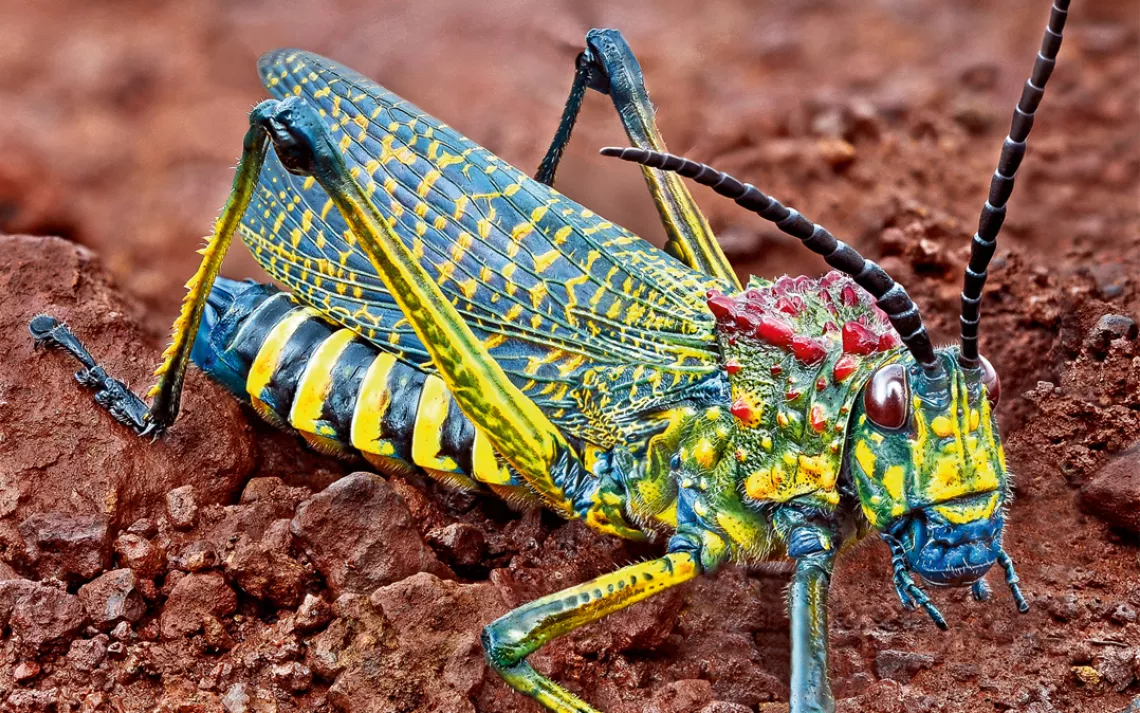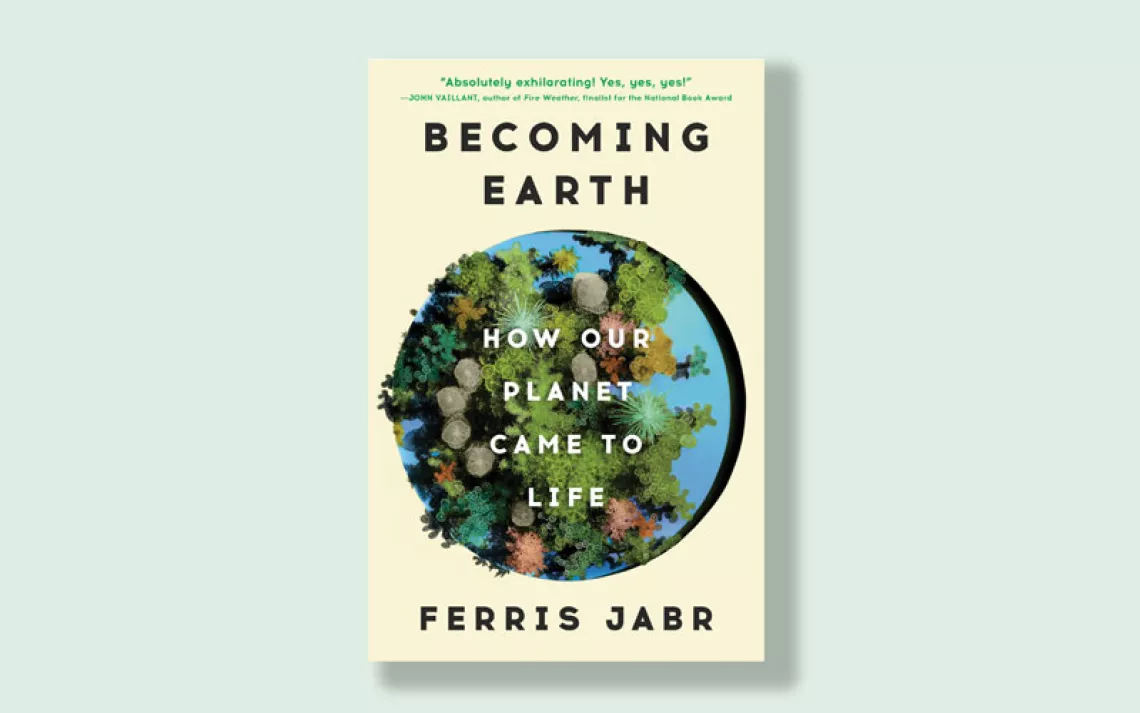Hyper Nature
Photos by Philippe Martin
"Stop and smell the roses" may sound a lot more appealing than "stop and observe the tarantula," but the messages are basically the same: As we live increasingly fast-paced and sheltered lives, it can be easy to overlook or cast aside the fascinating, impressive (and occasionally creepy) critters that live among us. But that doesn’t make our scuttling and slithering brethren any less worthy of protection and appreciation than their cuter counterparts. Ecologist Philippe Martin’s more-than-a-photography book, Hyper Nature (Firefly Books, 2015), serves as a stunning reminder that a lot of nature’s most magnificent and inspiring features are hidden in plain sight.
Hyper Nature offers a visual feast of colors, patterns, and textures donned by some of the world’s most unusual creatures from Europe, Madagascar, Borneo, Gabon, Amazonia, and beyond. Readers will come face-to-face with snails, dragonflies, snakes, frogs, arachnids, and many other critters that are difficult to catch sight of for more than a few seconds in the wild. The images are vibrant and overly realistic, which Martin achieves using a unique method he developed in 2008 called "Hyper Focus"—a combination of photography, drawing, painting, and digital technology.

Hyper Nature (Firefly Books, 2015) by Philippe Martin.
When Martin tracks down a plant or creepy crawly that he wants to document, he starts by taking anywhere from 30 to 100 photos of his subject in quick succession (within 5 to 10 seconds). Martin explains that he has to take so many photographs because his wild subjects are always moving. “A salamander looks quiet, but it is always moving [a few millimeters], and sometimes it needs 2,500 pictures,” the ecologist wrote in an email to Sierra. Martin never uses artificial lighting and is always careful not to disturb his subjects when he photographs them.
The resulting photographs, each of which focuses on a different section of the subject, are then glued together in a photo-stacking software so that Martin can spend the next 5 to 25 hours digitally painting the image to highlight every last scaly detail. Although the artist spends a lot of time out in the field finding and photographing his subjects, he says that digital painting occupies 96 percent of production time.
Martin uses this time-consuming method in order to create images that appear almost three-dimensional in their hyper-realism. “The Hyper Nature images are false 3-D [that] you can print in 2-D,” he explains. “[This is] call[ed] ‘trompe l'oeil’ in painting.”
Martin, who also worked as a teacher, uses this technique in the hopes that his digitally enhanced photographs will capture the imaginations of distracted young children and busy adults alike. “As a teacher, the new images help me to show the real nature even [to] a two-year-old!” says Martin.
 The Magazine of The Sierra Club
The Magazine of The Sierra Club








